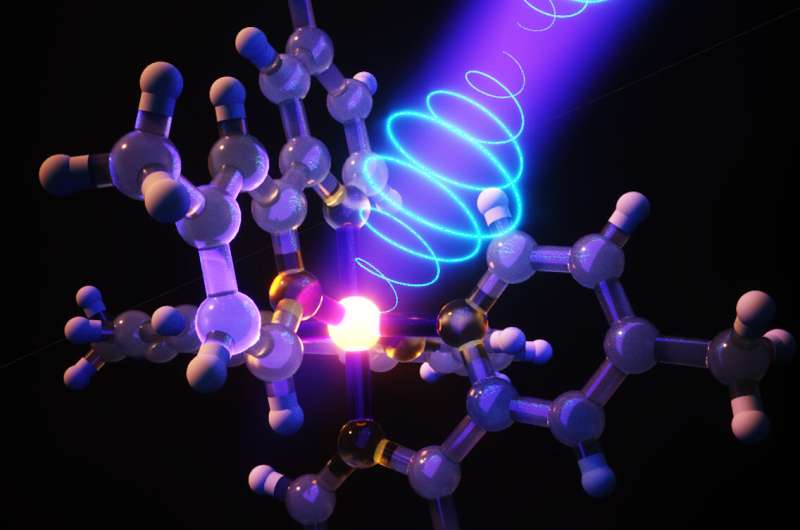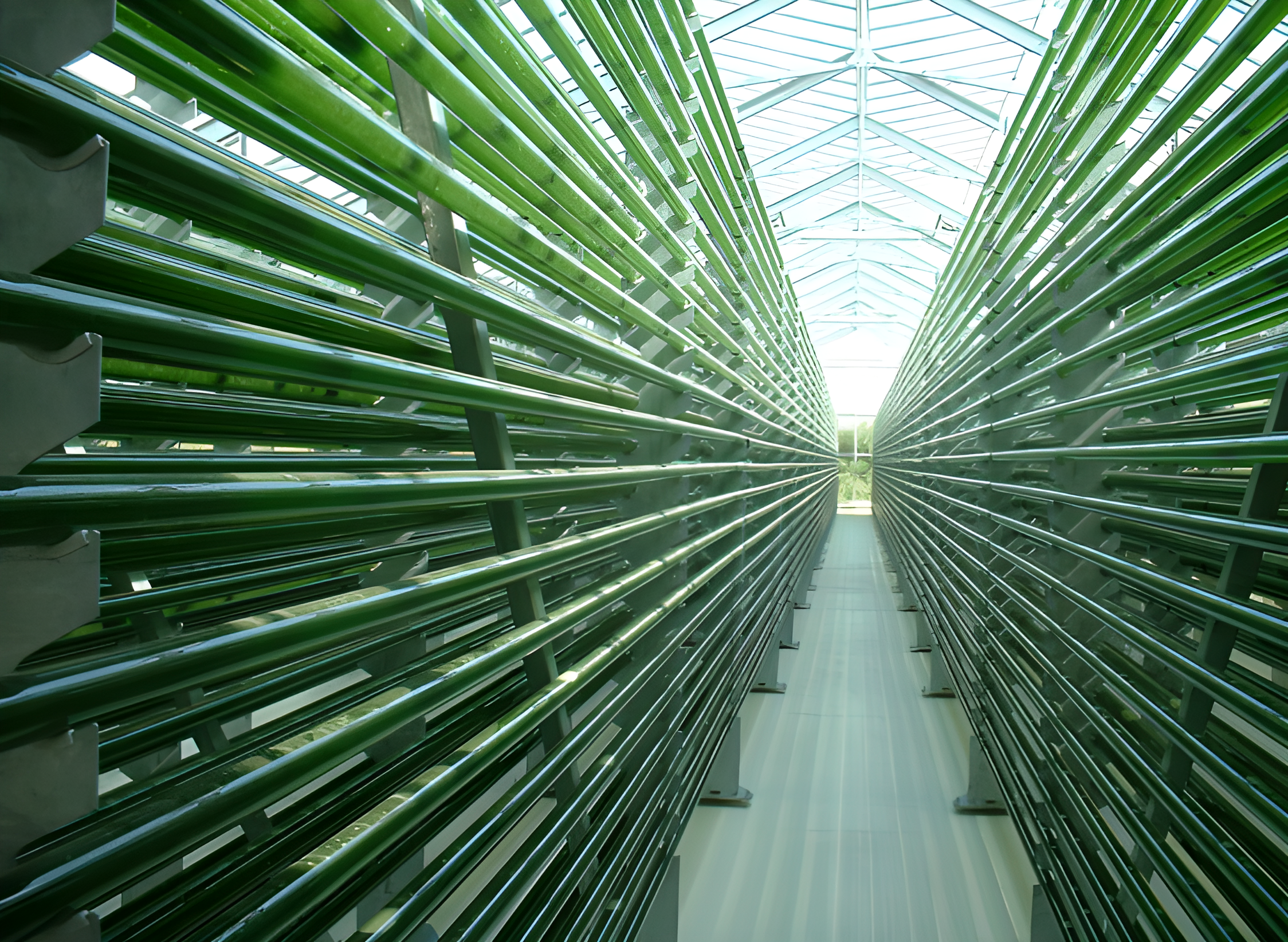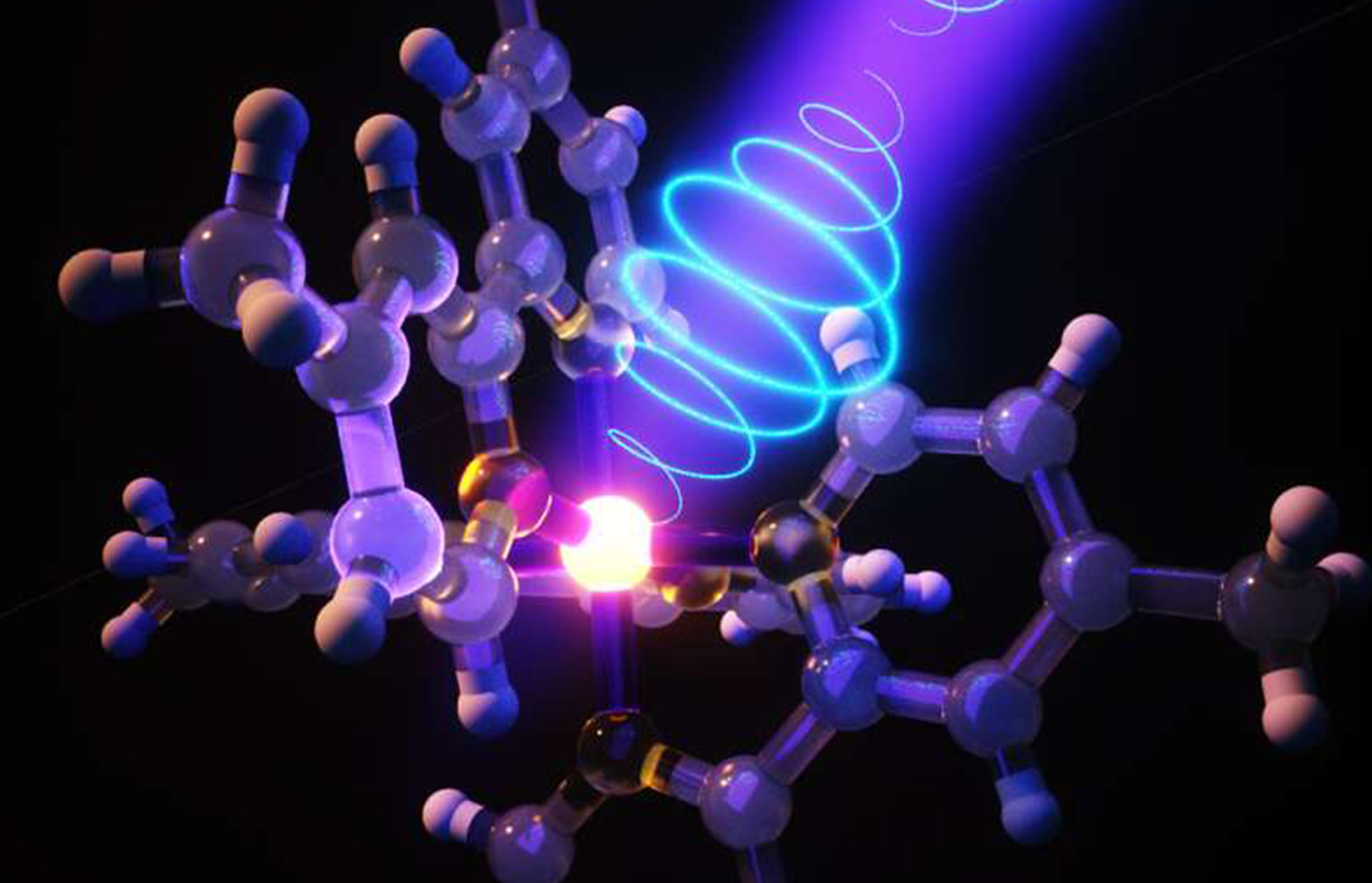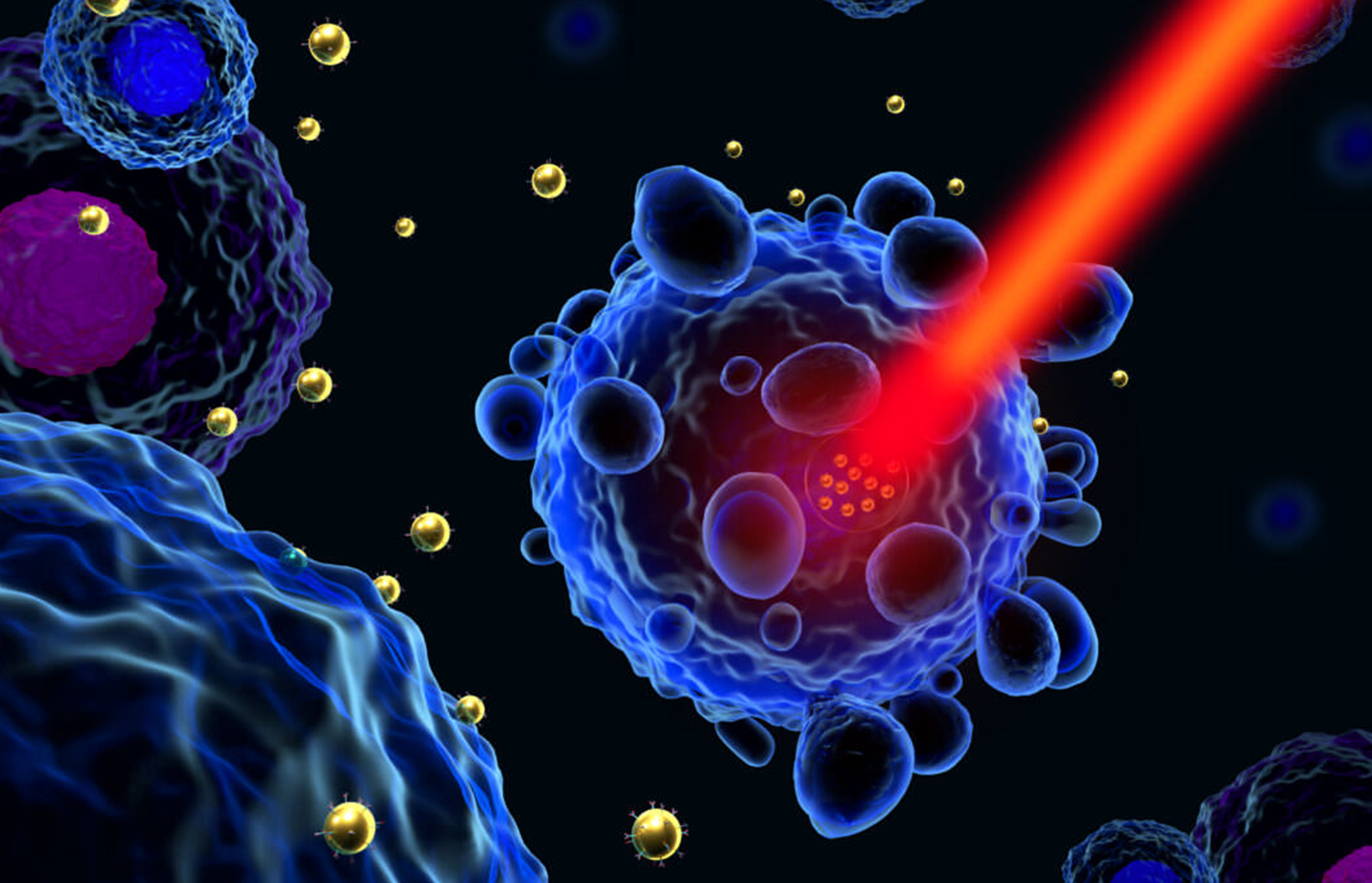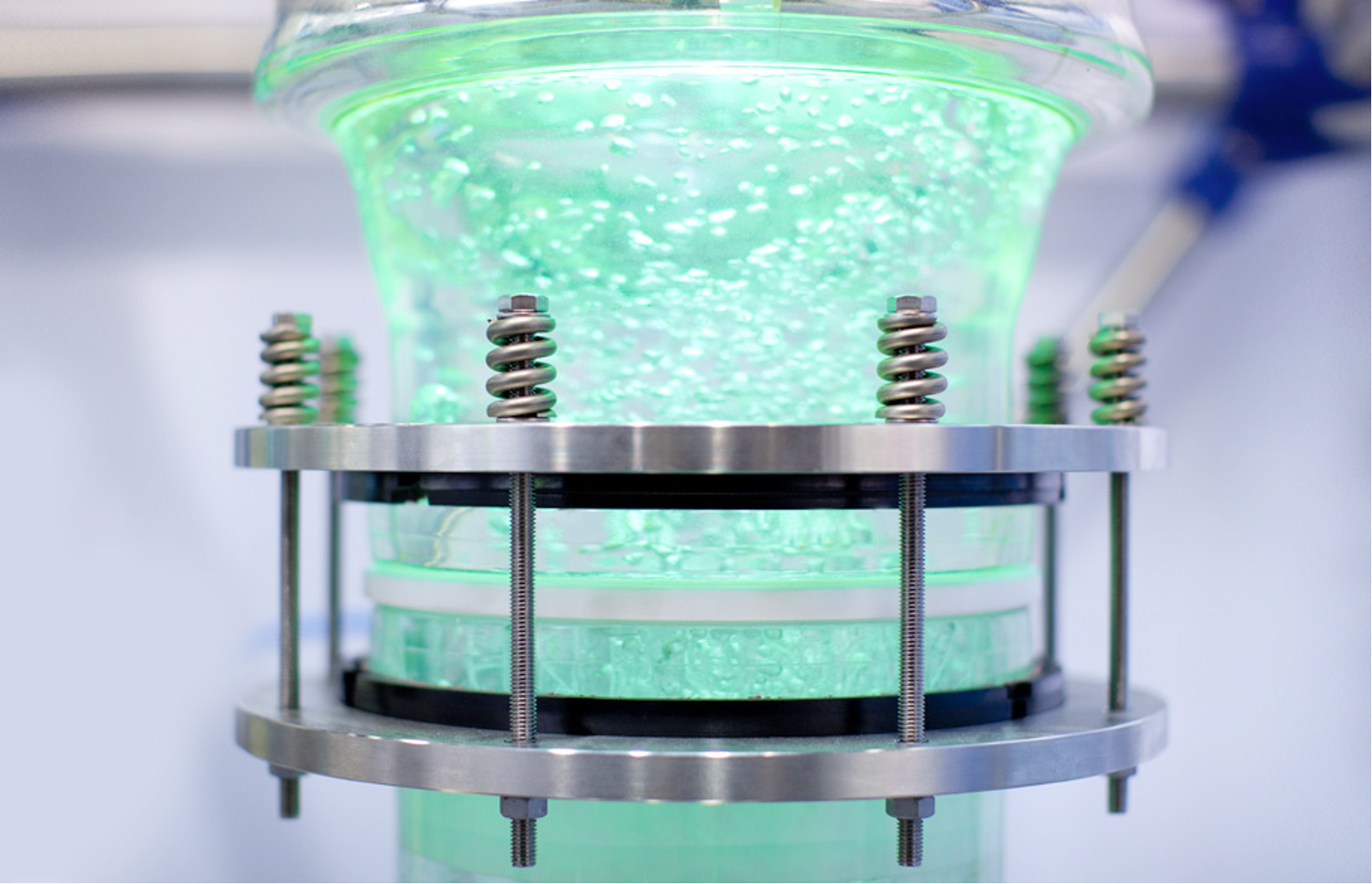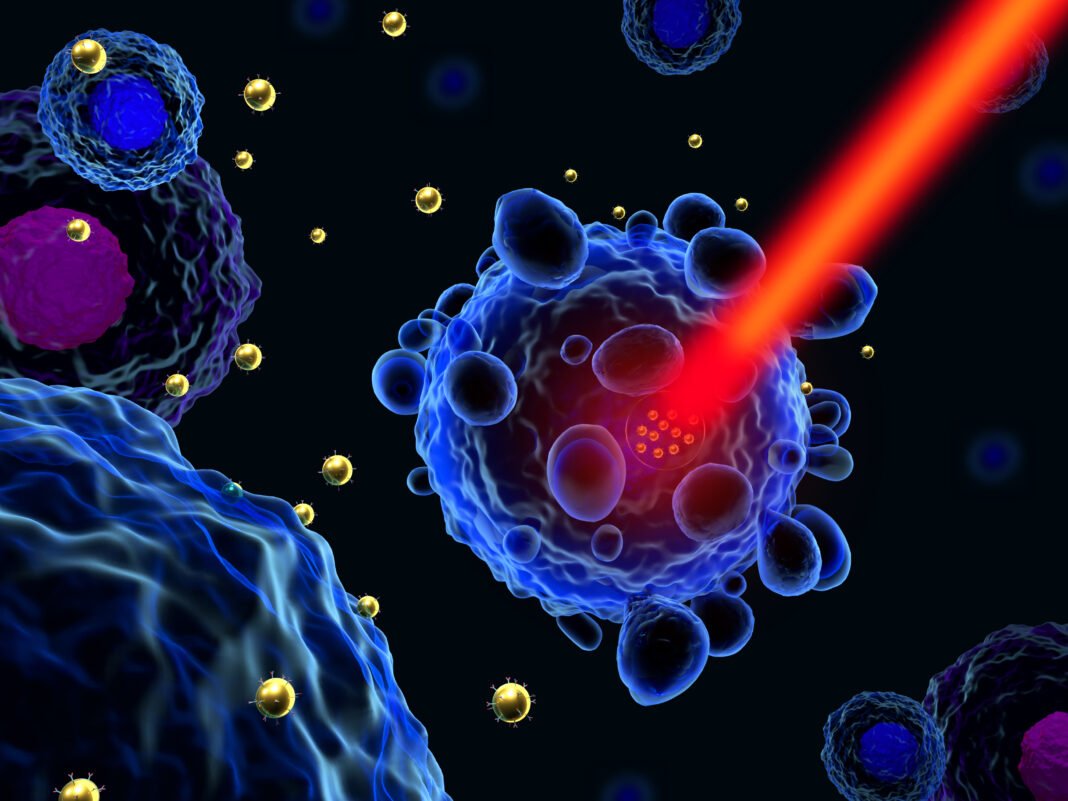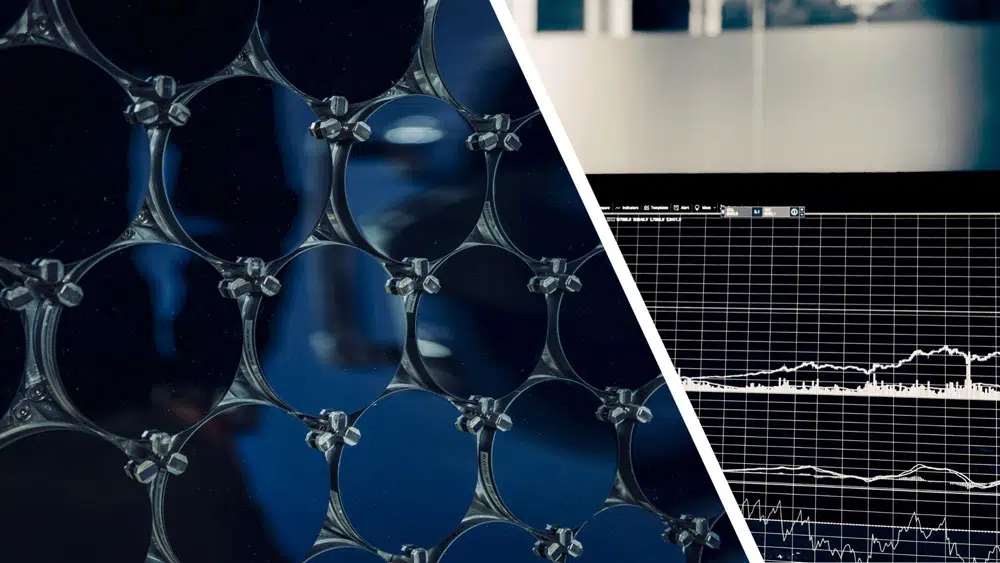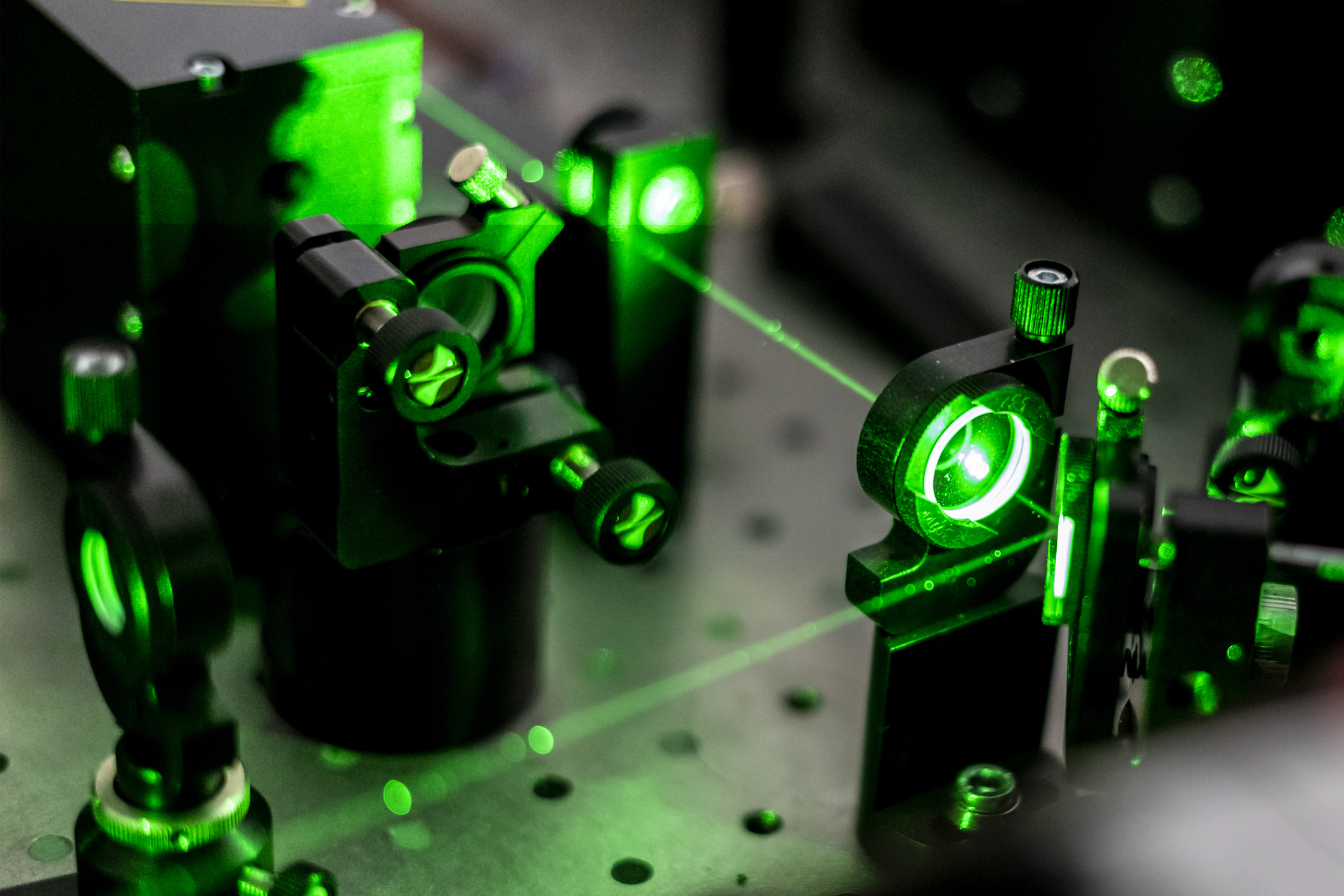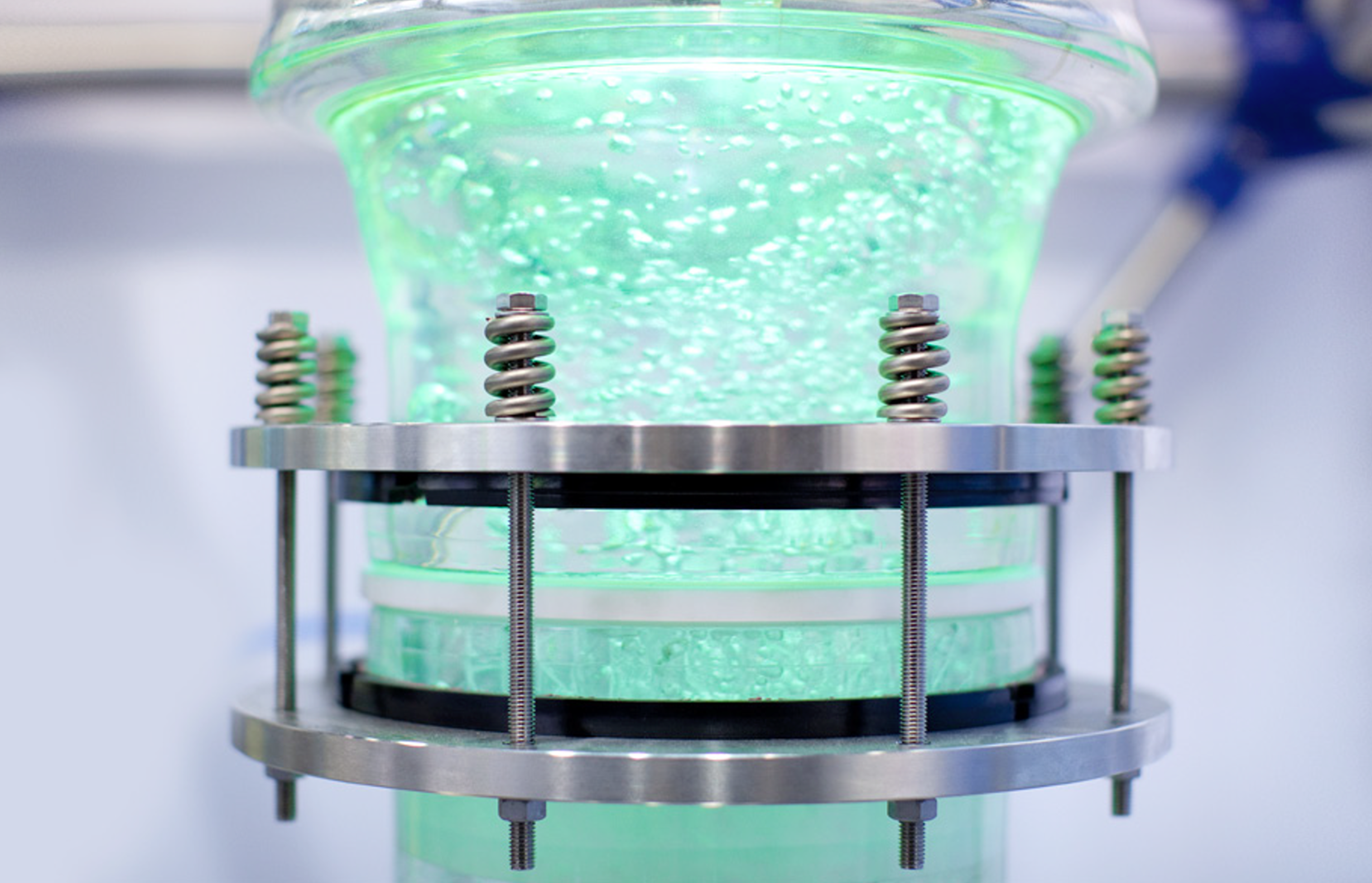
CLAMP Project
© De Dietrich Process Systems
Mutual interplay between magnetic particles and photoactive ligands
Keywords
Photactive ligands, molecular complexes, magnetic nanoparticles, ultrafast excitation, opto-magnetic transfers
Summary
The interaction of light with photosensitive systems represents an extremely active field in research laboratories, with numerous applications in health, the environment, data storage, etc. These photosensitive materials can be used, for example, to probe local properties or to stimulate the active release of drugs. By coupling them to nanoparticles, it is then possible to bring out new properties, as isthe case with gold nanoparticles. Here, we will couple molecular compounds to the surface of magnetic nanoparticles, which are important objects of study in fields ranging from catalysis to medical applications. These assemblies will allow us to answer a number of fundamental questions about the magnetic moment dynamics of iron oxide nanoparticles. Indeed, understanding how heat transfer takes place at short times remains an important community question that we aim to answer. Using ultrafast dynamic measurements, we will elucidate the profile of heat exchange with the nanoparticle’s immediate environment, but more generally how nanoparticle spins couple with the transient energy levels of ligands on their surface. Different types of ligands will be grafted onto the nanoparticles, each allowing a particular type of interaction to be studied and the response of particle moments to the application of a magnetic field to be explored. These will include azo derivatives with switchable dipole moments and photoactive molecular complexes whose ionic oxidation state can be photodynamically modulated.
Read more
At the same time, we will investigate how the magnetic moment of a nanoparticle can alter the dynamics of molecular systems grafted to its surface. The CLAMP project aims to find these answers through experimental and theoretical investigations. The project will also rationalize the complex interactions that exist between different types of photosensitive molecules or molecular complexes that decorate the surface of iron oxide nanoparticles. At last, we will identify the frequency coherence regions over which the couplings are most effective.
To achieve this, we have brought together experts in the synthesis of magnetic nanomaterials and photostimulable ligands (Paris, Nantes), as well as physicists specialized in ultrafast measurements of molecular dynamics (Paris) and magnetic nanoparticles (Strasbourg). Theoreticians (Perpignan) will also join forces to transform the experiments carried out in this project into a coherent model. This project will have important spin-offs for the use of these nanosystems in catalysis, for controlling the magnetization of nanoparticles, for applications in healthcare as multistimulable tracers or as new stimulable materials for information storage.
Consortium
PPHENIX • Paris
PHysicochimie des Electrolytes et Nanosystèmes InterfaciauX
Jérôme Fresnais, Emilie Secret, Jean-Michel Siauge, Laurent Michot, Vincent Dupuis
CEISAM • Nantes
Chimie Et Interdisciplinarité, Synthèse, Analyse, Modélisation
Elena Ishow
IPCM • Paris
Institut Parisien de Chimie Moléculaire
Laurent Lisnard, Benoit Fleury, Rodrigue Lescouezec
CPCV • Paris
Chimie Physique et Chimie du Vivant
Agathe Espagne, Fabien Lacombat
IPCMS • Paris
Institut de physique et de chimie des matériaux de Strasbourg
Valérie Haltérophilies, Marie Barthélémy, Jean Besbas
PROMES • Paris
PROcédés, Matériaux et Energie Solaire
Roland Bastardis, François Vernay, Hamid Kachkachi
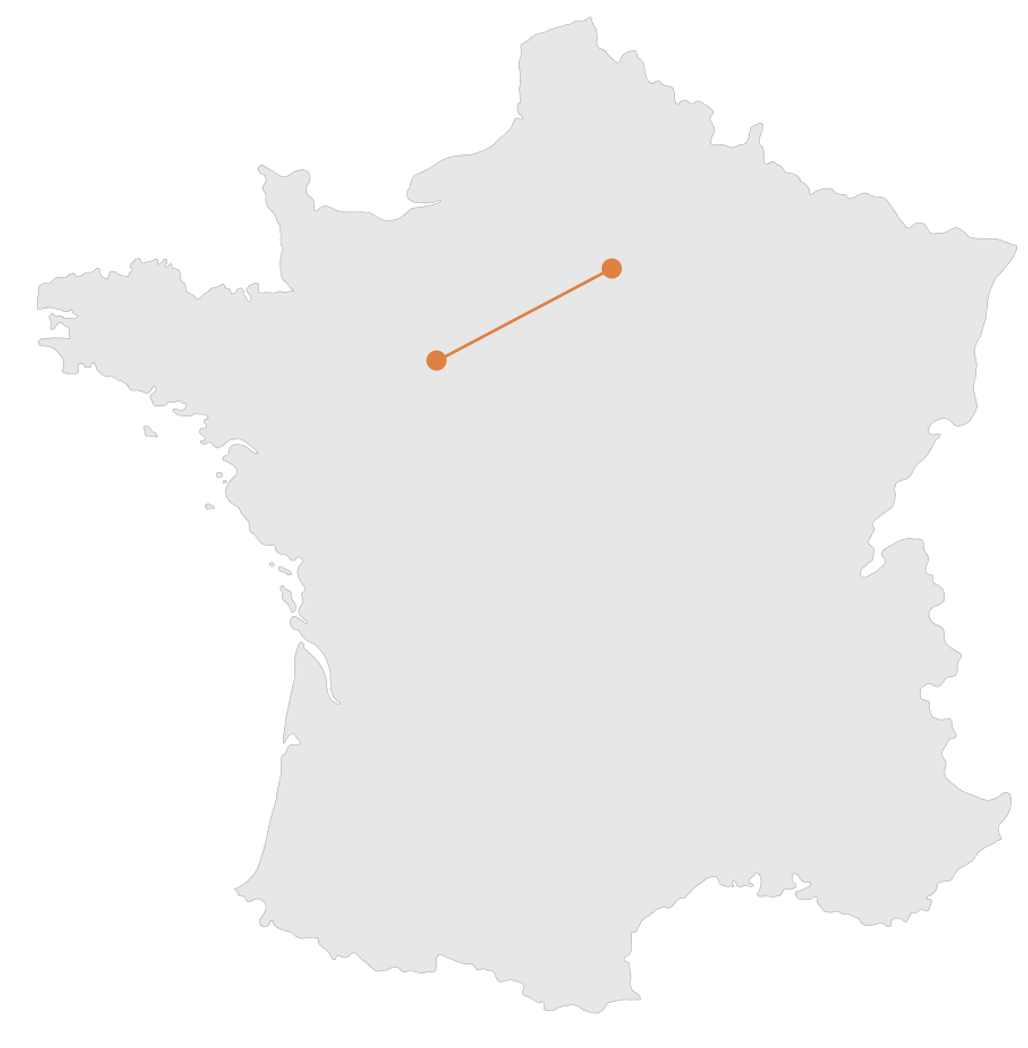
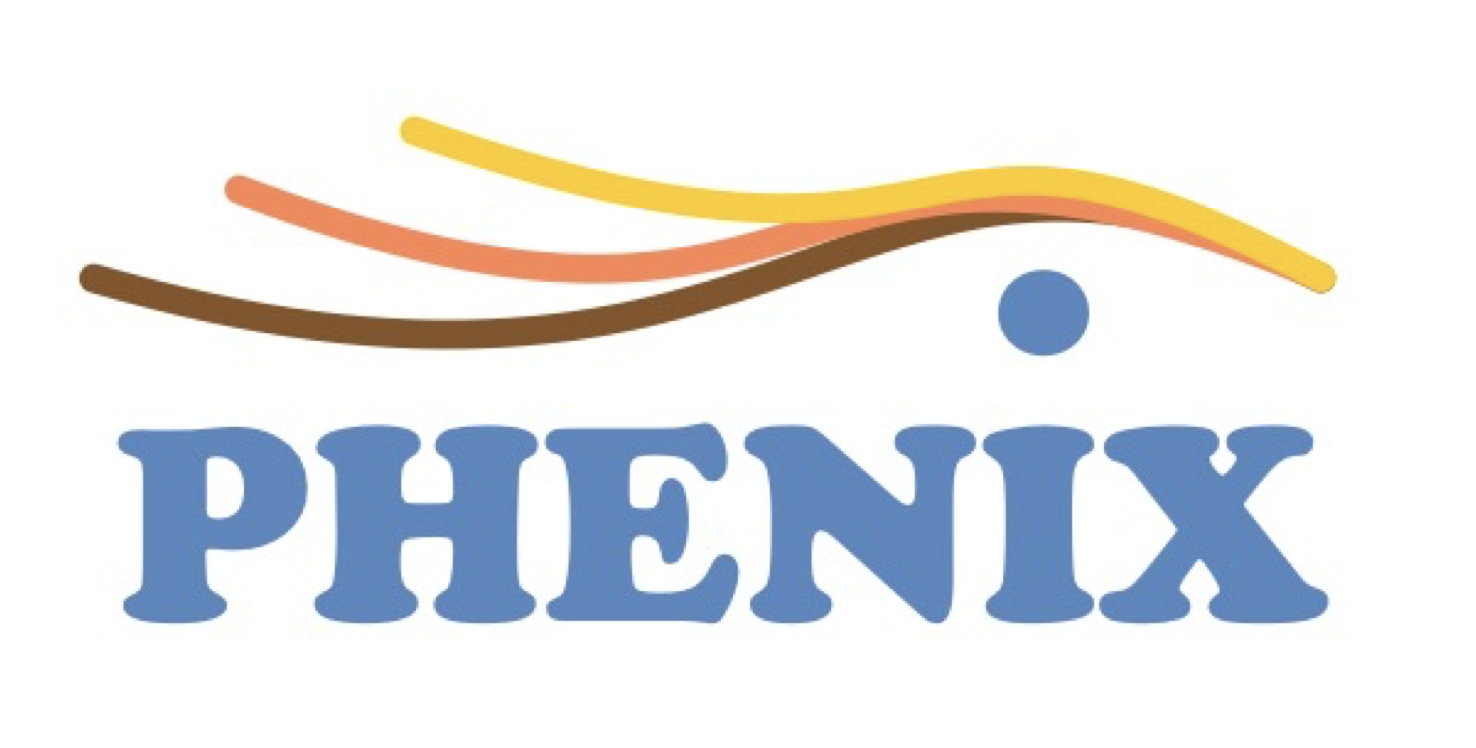
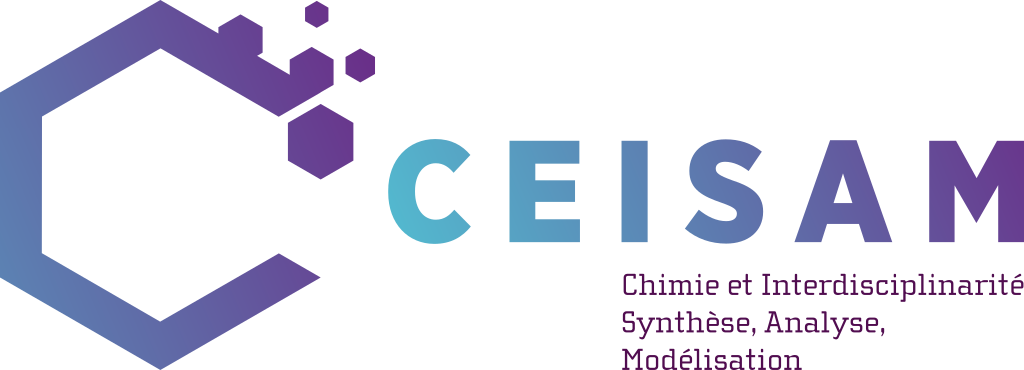
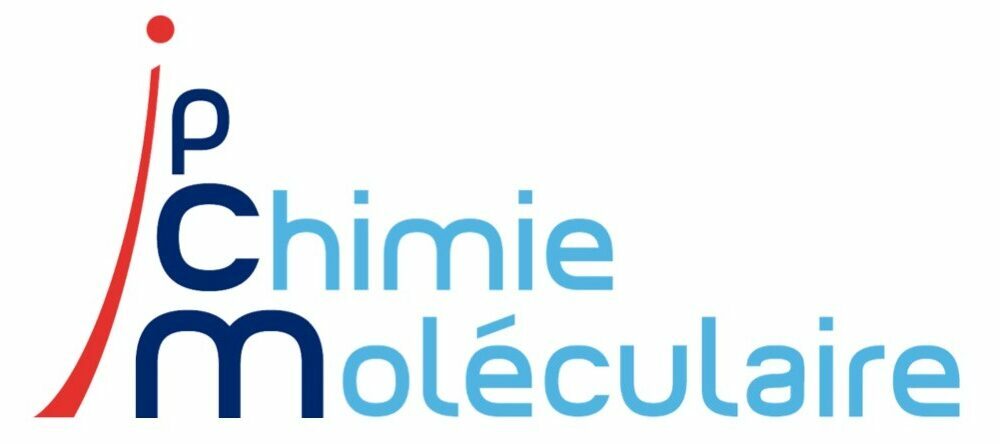
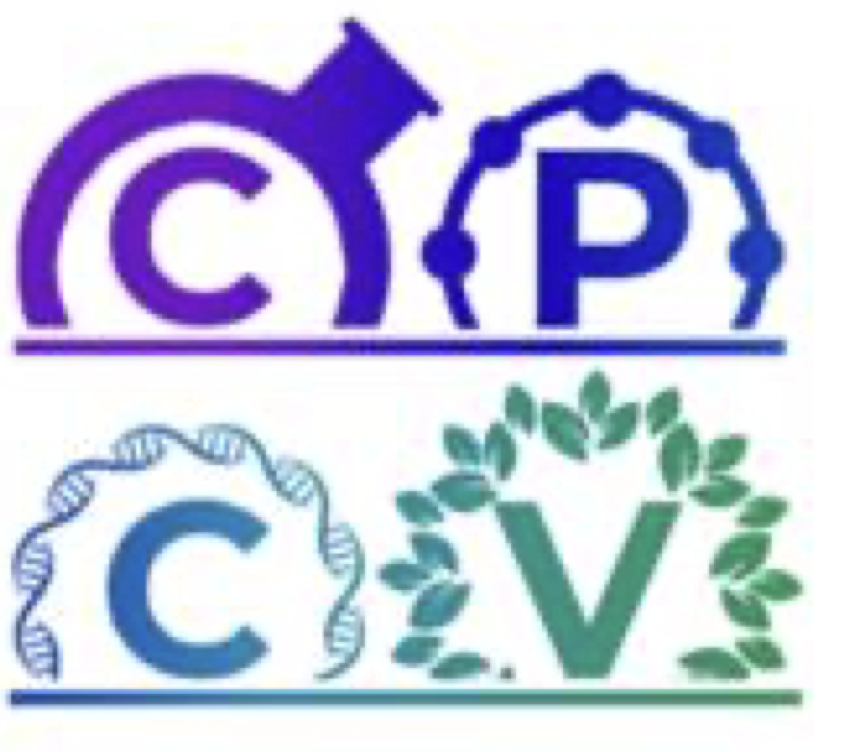
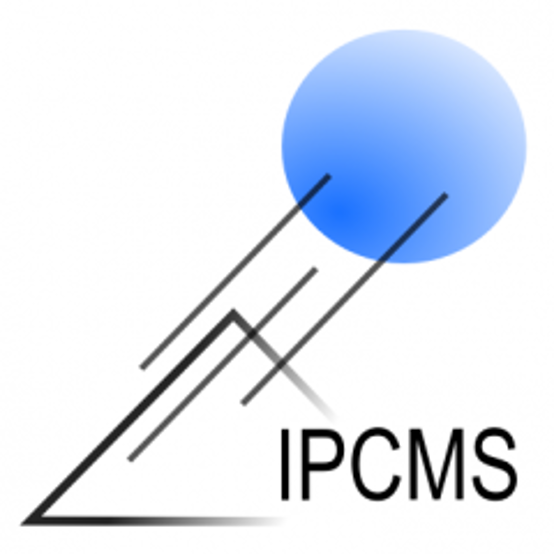

Publications
Les autres projets PEPR
